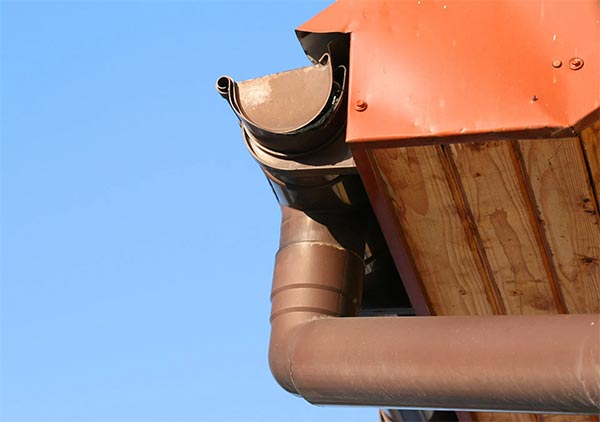Gutters and downspouts might not be the most glamorous features of your home, but they play a crucial role in protecting your property from water damage. Neglecting proper maintenance can lead to a host of issues, including foundation problems, basement flooding, and exterior deterioration. In this blog post, we’ll walk you through the importance of regular gutter and downspout maintenance and provide you with a comprehensive guide to keep these essential components in top-notch condition.

Why Gutter and Downspout Maintenance Matters
Gutters and downspouts serve as the first line of defense against water damage. They channel rainwater away from your roof and foundation, preventing erosion, mold growth, and structural issues. Without proper maintenance, leaves, twigs, and debris can accumulate, causing clogs and obstructing the water flow. This can lead to overflowing gutters, which can damage the fascia, soffit, and even the siding of your home. Therefore, regular maintenance is essential to protect your investment and ensure your home’s longevity.
1. Regular Cleaning
Step 1: Safety First Before you start, ensure you have a stable ladder and appropriate safety gear. It’s best to have a spotter on the ground to ensure your safety.
Step 2: Clear Debris Using gloves and a small scoop or trowel, remove leaves, twigs, and other debris from the gutters. Ensure you’re working with dry debris to make the process easier.
Step 3: Flushing After removing the larger debris, use a hose to flush out any remaining dirt or smaller particles. This also helps identify clogs and ensure proper water flow.
2. Repair and Seal
Step 1: Inspect for Damage Check for rust, holes, and sagging areas in the gutters. Inspect the joints and seams for leaks as well.
Step 2: Repairing Holes Use roofing cement to seal small holes. For larger holes or rusted areas, apply a patch using a piece of flashing material and sealant.
Step 3: Realigning Gutters If your gutters are sagging, reattach them to the fascia using screws. This prevents water from pooling and encourages proper drainage.
3. Downspout Maintenance
Step 1: Clear Obstructions Check downspouts for clogs by using a plumber’s snake or a pressure washer to force out any debris.
Step 2: Direct Water Away Ensure downspouts extend at least 6 feet away from the foundation to prevent water from pooling around your home.
4. Preventive Measures
Step 1: Install Gutter Guards Consider installing gutter guards to prevent large debris from entering your gutters. While they don’t eliminate the need for cleaning, they can significantly reduce the frequency.
Step 2: Trim Overhanging Branches Cut back any tree branches that hang over your roof to minimize the amount of debris falling into the gutters.
Conclusion
Regular maintenance of your gutters and downspouts might require a bit of effort, but the benefits far outweigh the inconvenience. By investing time into keeping these components clean and functional, you’re protecting your home’s foundation, exterior, and overall structural integrity. Remember, a little maintenance now can save you from costly repairs down the line.

